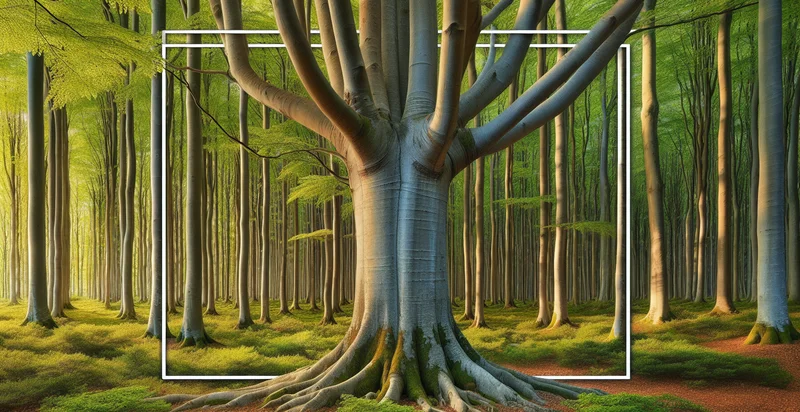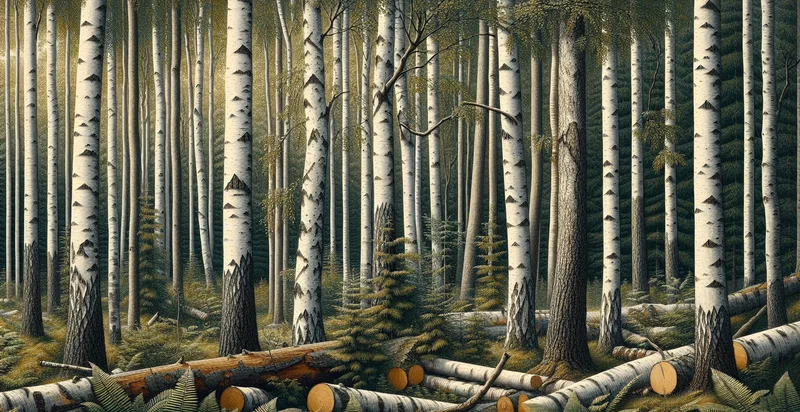Identify if tree is a birch
using AI
Below is a free classifier to identify if tree is a birch. Just upload your image, and our AI will predict if the tree is a birch - in just seconds.

Contact us for API access
Or, use Nyckel to build highly-accurate custom classifiers in just minutes. No PhD required.
Get started
import nyckel
credentials = nyckel.Credentials("YOUR_CLIENT_ID", "YOUR_CLIENT_SECRET")
nyckel.invoke("if-tree-is-a-birch", "your_image_url", credentials)
fetch('https://www.nyckel.com/v1/functions/if-tree-is-a-birch/invoke', {
method: 'POST',
headers: {
'Authorization': 'Bearer ' + 'YOUR_BEARER_TOKEN',
'Content-Type': 'application/json',
},
body: JSON.stringify(
{"data": "your_image_url"}
)
})
.then(response => response.json())
.then(data => console.log(data));
curl -X POST \
-H "Content-Type: application/json" \
-H "Authorization: Bearer YOUR_BEARER_TOKEN" \
-d '{"data": "your_image_url"}' \
https://www.nyckel.com/v1/functions/if-tree-is-a-birch/invoke
How this classifier works
To start, upload your image. Our AI tool will then predict if the tree is a birch.
This pretrained image model uses a Nyckel-created dataset and has 2 labels, including Is Birch and Is Not Birch.
We'll also show a confidence score (the higher the number, the more confident the AI model is around if the tree is a birch).
Whether you're just curious or building if tree is a birch detection into your application, we hope our classifier proves helpful.
Related Classifiers
Need to identify if tree is a birch at scale?
Get API or Zapier access to this classifier for free. It's perfect for:
- Forest Biodiversity Monitoring: This function can be used by environmental researchers to assess the biodiversity of forests by identifying birch trees among other species. Accurate classification helps in understanding the ecological balance and making data-driven conservation decisions.
- Urban Forestry Management: Municipalities can employ this identifier to manage urban trees effectively. By identifying birch trees, city planners can prioritize care, maintenance, and planting efforts that support urban greening initiatives.
- Timber Industry Quality Control: Companies in the timber industry can use this function to classify birch trees in their supply chain. Precise identification ensures that products meet specifications and helps in tracking species for sustainable harvesting practices.
- Ecosystem Restoration Projects: Organizations involved in reforestation can utilize this classifier to evaluate and select appropriate locations for planting birch trees. This targeted approach enhances restoration efforts by ensuring species compatibility with the local ecosystem.
- Agricultural Pest Management: Farmers can integrate this function to identify birch trees in agricultural settings where pest pressure is a concern. Understanding their location aids in applying targeted pest control measures, minimizing impact on beneficial species.
- Climate Change Studies: Researchers can leverage this identifier to study the impact of climate change on tree populations, specifically birch trees. Statistical analysis of birch distribution and health can provide insights into ecosystem resilience in changing climatic conditions.
- Educational Applications: Educational institutions can incorporate this classification function into biology or ecology curricula. By utilizing real-world applications, students can learn about biodiversity and species identification, fostering a greater understanding of environmental sciences.


